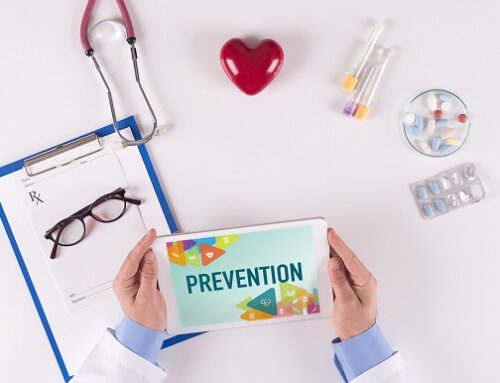By Maria Jauhar, M.D.
The statistics are staggering. New diabetes cases in the U.S. tripled between 1980 and 2014. In the U.S., one of every 11 people has diabetes. If this were a contagious disease, we would be tracking down the virus or bacteria like a serial killer. In fact, though, the causes of this epidemic expansion of diabetes have their roots in diet, behavior, and the habits of culture.
So, the bad news is that the incidence of diabetes exploded. The good news is that many of the risk factors for getting it are within a person’s power to influence. And the means of treating diabetes, while they call for attention and care, are good and improving.
American Diabetes Month is observed each November to enlist greater awareness in the effort to overcome the disease, spread know-how among those who suffer from it or are threatened by it, and inspire a fitting urgency for preventing, diagnosing and treating diabetes.
Why It’s a Life-or-Death Subject
Diabetes can damage the heart, kidneys, eyes, and nerves, so it threatens not only a person’s quality of life, but also life itself. In Type 2 diabetes, by far the most common kind, the body develops a resistance to insulin, the hormone that puts blood sugars to work. So the level of sugar in the blood rises, but it fails to bring energy to the cells for which it was intended.
Knowing Where You Stand
About 5% of diabetes patients have Type 1 Diabetes, usually detected in children and young adults. People with Type 1 diabetes lack the insulin that gets glucose from the blood stream into the cells where it can help the body do its work. Once diagnosed, insulin therapy and other treatments usually enable these people to live long and well.
Type 2 diabetes, on the other hand, develops over time and can go undetected without appropriate testing. Some persons with Type 2 diabetes can control it through diet and exercise, but Type 2 diabetes tends to get worse over time, so eventually medications are often prescribed to maintain a healthy blood glucose level.
Heredity is a factor in diabetes, but even people in high-risk populations can greatly reduce their risk of developing Type 2 diabetes by making healthy eating a habit and building physical activity into their daily plans.
Food Without Fanatics
The diet that nourished people when 80% of Americans worked in farms and factories just stopped making sense when most of us were working at a desk. But tradition plays a role in nutrition, and many of us were slow to adapt. Later, the digital age made even recreation a sedentary, second-hand pursuit for many people. Teens and young-adults especially were struck with this one-two punch.
So, it’s not necessary to become a “health-food nut” to improve your chance against diabetes. Substituting healthy choices where you can, discovering the good taste of foods that might be unfamiliar, and then expanding this base more and more. This is how normal diets are transformed. And it’s well worth the attention and effort to avoid the consequences of Type 2 diabetes.
Exercise Without Obsession
The exercise “boom” and fitness “craze” may have left us at a disadvantage in appreciating the value of just being active. Moderate exercise, within the abilities of most everybody, turns out to accomplish many of the health benefits of even the most advanced programs. Walking, dancing, gardening and doing the active things people have done for generations brings most of the well being that “serious” athletes experience, and without the risks and discouragement that come with competitive goals and unrealistic expectations. The key is to do that moderate exercise regularly.
Ongoing Intelligence
Another thing diabetes has in common with any other serious disease is that awareness is the key to avoiding or overcoming it. Ask your physician when it’s right for you and your family to include blood glucose testing in your regular physical exams. To schedule an appointment with us, call 912.897.6832 or use our online appointment request form.





